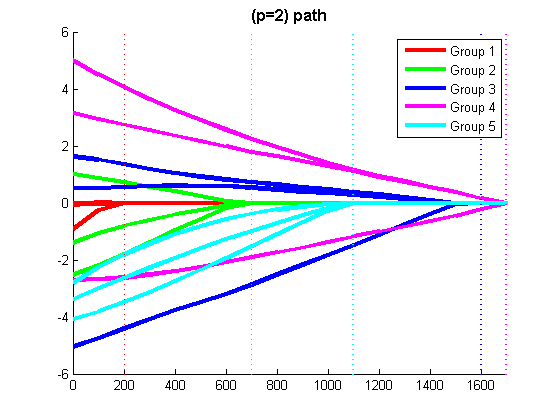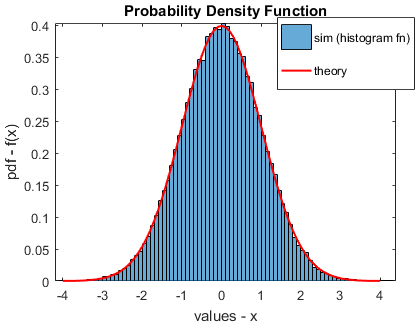


#Matlab 2norm of vector code code#
The output from the Matlab code is included in the Live Editor file and may be placed in the same column as the code or placed in the other column to suit the user's requirements. Then the code, text, equations, and image options can be accessed from the Live Editor menu. Opening an existing Live Editor file automatically activates the Live Editor. The Live Editor is extremely easy to use. It is not a piece of text or a diagram inserted into the file, it is actually generated by running the code and it changes if the code is changed. This output is created as the code is executed. Having established the mathematical model the Matlab code required to solve the problem is given, together with any numerical or graphical output from the code. This might be followed by text and equations, providing detailed description of the proposed mathematical model for the problem. Thus, for example, a Live Editor document might begin with some text and possibly some images, describing the background to a problem. Text, equations, images, numerical and graphical output from the code, and even hyperlinks can all be added to the code in the Live Editor document. Bare code can be enhanced to create a story. The Live Editor allows the user to turn their Matlab code into an interactive document and thereby provide a vivid platform for project and other presentations. Here we give a brief description of the Live Editor which was first introduced into Matlab in release 2016a. George Lindfield, John Penny, in Numerical Methods (Fourth Edition), 2019 1.24 Live Editor We have observed experimentally that the above algorithms seem to always yield a result that is realizable as a tree, although a formal proof of this is yet to be complete. The ability to draw the tree is conditional on the tree realizability of the solution x ⋆. ( 10.1) and inverting the exponential piece via logarithms, we obtain a formula for the l ij’s in terms of the x ij’s. Once the algorithm terminates, it is possible to draw the phylogenetic tree simply by passing the solution to the distance function, which determines the topological distances l ij of the phylogenetic tree. For instance, does the algorithm exhibit better performance and solution quality when the heuristic is applied earlier? Another area to explore would be variations in the iterations before the heuristic is applied. In principle, we could have defined different tolerances, say ϵ 0, ϵ 1, and ϵ 2, associated with the stopping criterion, branching variable selection, and the LNS search, respectively. It is important to note that for our purposes, we use a single value for each of the tolerances in our branching algorithms presented in Figs.

Once we specify a tolerance, the algorithm determines if a decision variable can be fixed before branching. Branching algorithm using an LNS heuristic. Once the branching produces suboptimal results, the algorithm terminates and reports the solution to the main algorithm.įig. Each subproblem communicates with the other through the incumbent solution. Finally, we pass the information for the subproblems P 1 and P 2, recursively, to the branching function. Each subproblem receives one of the new inequalities ( 10.16), ( 10.17), respectively. We can identify the branching variable, according to a devised rule and then create the two subproblems. If we find that the solution produced does not contain all powers of 2, then we branch on the current solution. If this holds, then the solution becomes the new incumbent and we can use the value of the objective function to prune suboptimal results later in the search. Otherwise, the algorithm checks the solution to see if it contains all powers of 2. If the solution at the current node is infeasible or the value of the objective function is worse than our incumbent solution, then the node is pruned. This redundancy is not an issue and merely serves to simplify our code. If we are at the root node, then the problem is solved twice. The branching functions first evaluate the solution of the LP at the current node. The algorithms for the branching functions are similar with a slight modification in the heuristic-based option.


 0 kommentar(er)
0 kommentar(er)
